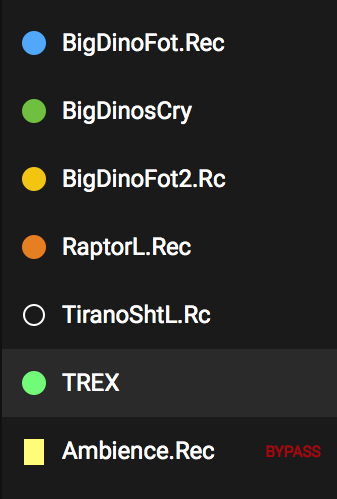



Mono reliability is ensured (many mono listening environments) Mono mixing has a slew of other benefits in addition to adding clarity to the mix: 1. Surprisingly, widening the tracks in stereo will also render them sound too thin. Why use mono because there are benefits such as having individual tracks sound “wider”?īigger isn’t always better, particularly in the world of music development. However, remaining in mono for a long enough period of time to provide a stable basis in your mix is a smart idea. Mixing in mono, for example, may aid in the detection of phasing problems across various waveforms.įor certain producers, mixing in mono from beginning to end might not be feasible. This is due to the fact that mono has not only clarification when listening, but also the potential to detect mix errors. Some producers, in particular, mix levels in mono for the majority of the operation. This is so if the tracks are mono or stereo. Starting the mixing phase by listening in mono is, without a doubt, the easiest way to go. Mixing in mono isn’t just about arranging layers of single audio tracks in your albums, while it may be. When the left and right signals vary in some way, the track is said to be stereo. When recording or importing mono signals into the DAW (digital audio workstation), the signal is normally divided 50/50 between the left and right speakers of the listener.

The knowledge is simple to grasp, but it becomes more complex as we discuss mono vs. You will also record in stereo by using a second microphone on a single channel to record the same vocal. Mono applies to discrete audio signals, such as a single microphone-recorded voice stream. Let’s begin with a definition of mono in music development. To pull that off, you’ll need to understand how it differs from stereo mixing. However, understanding what mixing in mono really entails may be difficult.Īs you’ll soon see, mixing in mono has a lot of benefits. Mixing in mono is one of the most effective methods to create simple, well-defined mixes.


 0 kommentar(er)
0 kommentar(er)
